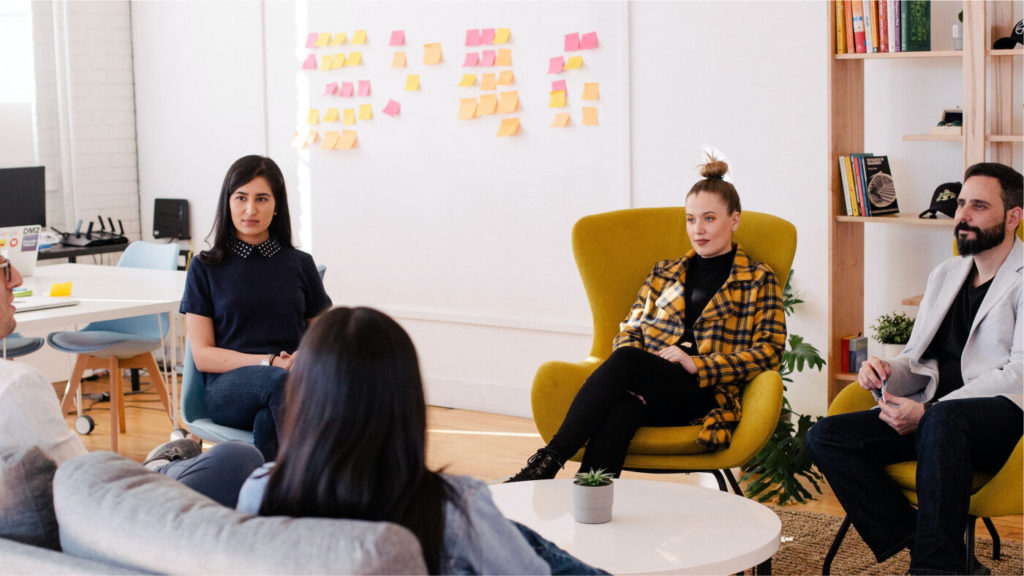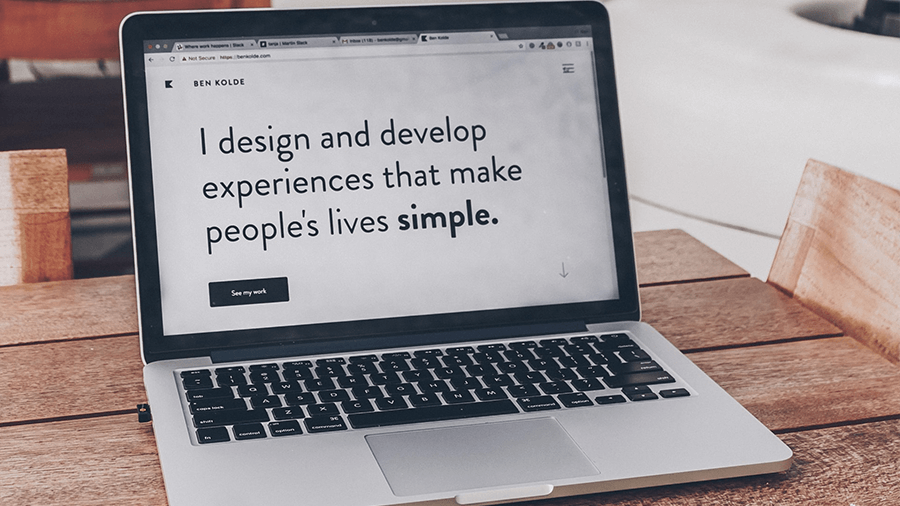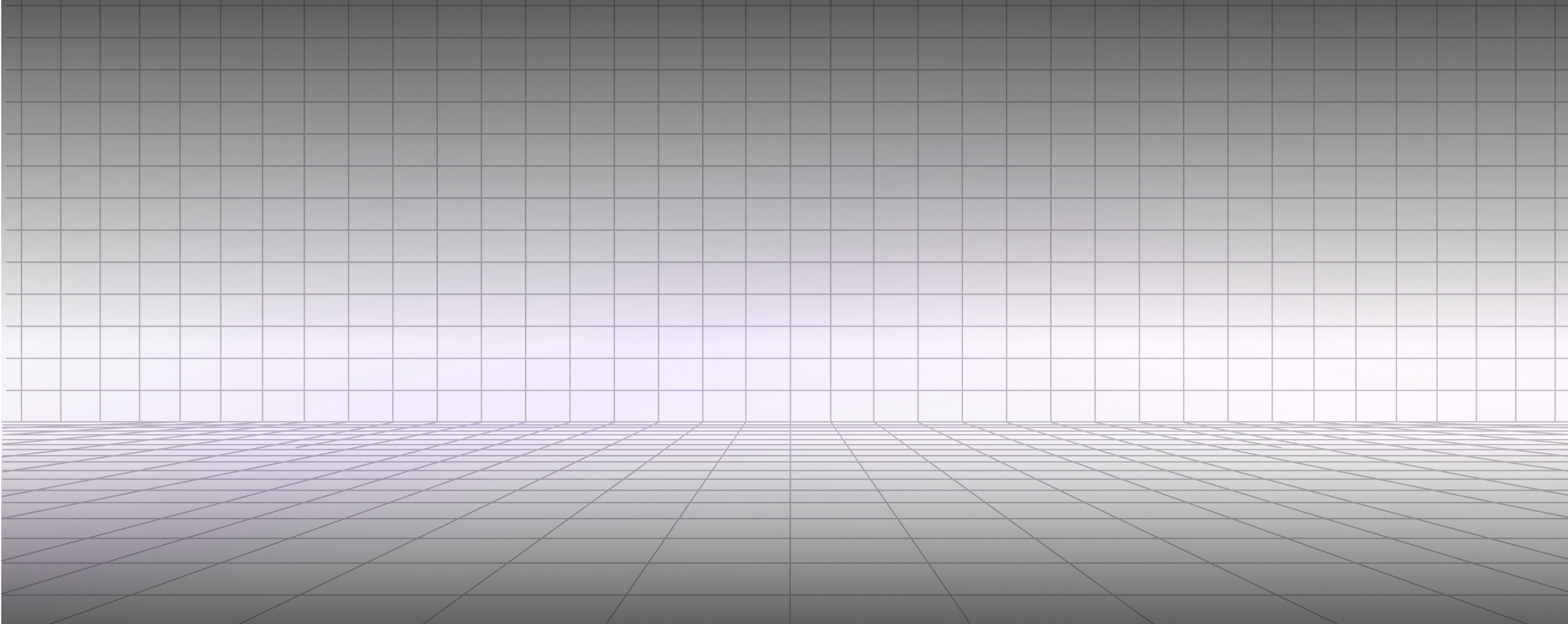
If you have a background in UX design and are now thinking about becoming a product designer, you’ll need to know what the role entails. UX/UI design is a vast industry, with many functions targeting specific niches and beats along the design process. Because of this, ,any designers began their career as UX designers with no prior experience and are unfamiliar with the role of a product designer.
The article below will outline and explain all you need to know about being a product designer, including:
- What is a UX designer?
- What is a product designer?
- The different responsibilities of a UX designer, product designer, and product manager
- Why product designers are in such high demand
- The critical skills needed to be a product designer
- Tips to help you along the product design journey
- Product design salary expectations
To understand what a product designer does, we must first analyze the different moving parts within a product’s design process. To do this, we need to begin with the role of the UX designer in order to see how a product designer is a necessity for a variety of design projects.
What is a UX designer?

UX design, or user experience design, aims to create a product that meets the users’ needs. The UX designer develops said products and ensures an effortless and enjoyable experience for all users.
A UX designer helms the design thinking process: conducting user research, considering the users’ motives when using the product, and combining good design with functionality, branding, and usability.
A UX designer also goes above and beyond in the process, stepping into the user’s shoes to get an authentic user experience. They test, assess, and take all steps necessary to get the product right.
What is the role of a UX designer?
A successful UX designer needs a working computer and an understanding of a design tool. The most popular design tool is Figma, however, some designers still use Sketch or Adobe XD.
A designer also needs to brush up on crucial soft skills including creativity, collaboration, curiosity, and most importantly, critical thinking. Empathy is another skill that goes a long way, as a UX designer needs to understand and anticipate the user’s needs and pain points.
Additionally, the roles and responsibilities of a UX designer include:
- User research: conducting user interviews and research surveys
- Psychology: understanding how the user perceives the product while anticipating their needs and wants
- User personas: creating user avatars to map out user journeys
- Usability testing, testing, and more testing: conducting usability tests and amending what doesn’t serve the user
- Wireframes: planning and demonstrating interface elements
- UI design: considering the aesthetics of each element and how they affect how users interact with the product
Based on user feedback and market changes, a UX designer will work closely with developers and product managers to make improvements.
Read this article for a more in-depth look at a UX designer’s day-to-day roles and responsibilities: what does a UX designer do?
What is a product manager?

Vadim Grin, the Senior Product Designer at OLX Group, describes a product manager as someone who is “at the intersection of business, technology, and user experience (UX).”
Product designers are responsible for leading the design and development process, making strategic product decisions, and ensuring that the product reaches business goals.
What is the role of the product manager?
Product managers need to manage the entire product lifecycle and roadmap from start to finish. They are also responsible for working with both internal and external stakeholders.
Some key roles as a product manager include:
- Understand business outcomes: product managers need to be able to anticipate and understand how marketing and business work
- Form timelines, create briefs: creating and forming organized briefs for UX designers with clear, concise instructions
- Creates structure with regards to how it affects the business: every decision made needs to come from within a business framework
What’s a product designer?

Now that we have a brief understanding of the design process, we can now understand how a product designer fits into everything.
A product manager creates a brief for the UX designer. The UX designer is then responsible for meeting the brief guidelines, so they can design and deliver an enjoyable user product.
This is where the product designer comes in—as CareerFoundry summarizes, “a product designer designs solutions to the problems that might arise during the initial process.”
Product designers are responsible for macro designing: problem-solving, project management, UI, UX, and coding.
They are jack-of-all-trades designers who can embody both the product manager role and the UX designer role to help harmonize and integrate them.
They manage across large teams of developers, marketing, sales, and everything in between. This includes collating A/B testing data, communicating between marketing and developing, and acting as a creative leader of the project ship to make sure it’s all smooth sailing.
Why are product designers in high demand?
At their core, UX/UI designers are problem solvers who are responsible for helping business growth, generating more revenue, and delivering solutions to users.
UX and UI designers are often entirely focused on meeting the user’s needs and wants. Product designers are highly sought after because they can strike the perfect balance between creativity and strategy.
They help to produce an efficient user experience while developing analytics and design to meet the business goals of the product company.
Desirable traits of a product designer
To be a successful product designer, you’ll need a flair for design, communication, and organizational skills, much like the essential skills to be a UX designer. You’ll also need to be prepared to wear many hats.
You can learn UX design skills in several ways, including enrolling in a paid course. Alternatively, you can also be a self-taught UX designer using free courses.
Not only will you need to be good with UX and design tools, but you’ll also need to understand business economics, project management, marketing, and even the distribution process.
1. Outcome-driven
A product designer should always be referring to their North Star—the business, and product outcomes.
2. Highly strategic and analytical
In this role, you’ll work across teams and departments.
To properly communicate with internal and external stakeholders, you’ll need to be comfortable using BAU tools such as Hotjar, Analytics, Fullstory, and of course, Google Sheets or Microsoft Excel.
For this role, it’s not enough to look at a heatmap alone. Presenting and discussing products with stakeholders requires a product designer to be articulate and clear. Product designers also need to form strategies after dissecting data and research.
3. Empathetic and knowledgeable in business and marketing
As a product designer, you’re creating products to help a business or individual generate revenue.
Therefore, you need to have an in-depth understanding of business development and marketing to help move the needle for both the user and the business. Because of this, you will need to implement solid strategy, logic, and deliberate choices.
What’s the difference between product design and UX design?
Both UX designers and product designers will find similarities in their roles, processes, and responsibilities. Because of this, it’s not uncommon to see UX and product designers slipping between roles.
Both positions are going through the same design planning process, and both roles place a high value on market and user research (although UX design favors testing more).
UX DESIGNER ROLESPRODUCT DESIGNER ROLESUser researchEverything in UX designPsychologyProduct and team managementUser interviewsTechnical understandingInfo, architectureFeature prioritizationWireframesBusiness acumenUI designAnalytics and data
(Note: this is not an exhaustive list of all the responsibilities)
However, the biggest difference between UX design and product design is the questions they ask in regards to a project.
UX design prioritizes usability, while product design prioritizes creating the entire product.
For example, a UX designer is closer to a construction builder. They are tasked with following plans step-by-step in a concrete, methodical fashion. Meanwhile, the product designer is more akin to an architect or building manager, having a solid grasp of big picture ideas and making sure everything goes to schedule.
QUESTIONS A PRODUCT DESIGNER WOULD ASK:QUESTIONS A UX DESIGNER WOULD ASK:‘Are we meeting both business and user outcomes?”“What value are we delivering to the user?”“What is the go-to-market strategy?”“When do we plan to launch this product?”“How are we defining priorities within our feature releases?”“Which feature should we focus on designing first?”
Product designer salary expectations
As mentioned above, product design roles require more knowledge and skills, and as a result, salaries for product designers tend to be higher than usual.
Here are some estimates of product designer salaries as averaged via Glassdoor:
- United Kingdom: ~£47K+ GBP
- USA: ~$105K+USD
- Australia: ~$101K+ AUD
To find out more about the average salary for UX designers, we have a more in-depth article that examines pay, how to leverage more for a UX role, and which countries are the best to work in as a UX designer: How much do UX designers make?
Best books for product and UX designers

There aren’t many books dedicated solely to product design. This is because this discipline requires a diverse understanding of many departments to get you started.
In terms of useful resources in the product design space, here are the top five books that might help you along your journey:
- The Lean Startup
- Hooked: How to Build Habit-Forming Products
- Crossing The Chasm 3rd Edition: Marketing and Selling Disruptive Products to Mainstream Customers
- Made to Stick: Why Some Ideas Survive, and Others Die
- Zero to One: Notes on Startups, or How to Build the Future
How to Transition From UX to Product
Product design could be the career of your dreams, but becoming a meaningful product designer requires tactical experience.
There are no shortcuts to learning soft and hard product designer skills. You’ll need a deep understanding of what works and what doesn’t, and you’ll need to build up confidence in your own skill set through real and practical experiences. Therefore, if you’re thinking about transitioning from UX design to product design, what you can do is:
- Be more mindful with the projects you work on, and always track and measure key metrics
- Work closely with product managers to learn their methods and approaches to problems
- Challenge yourself. Ask better questions that go beyond the user and take into consideration the business’ needs
A product designer is a perfect role for someone who can actively apply their UX/UI skills along with management and business strategy. The best way to hone your UX design skills is through a course and immersion within the community.












